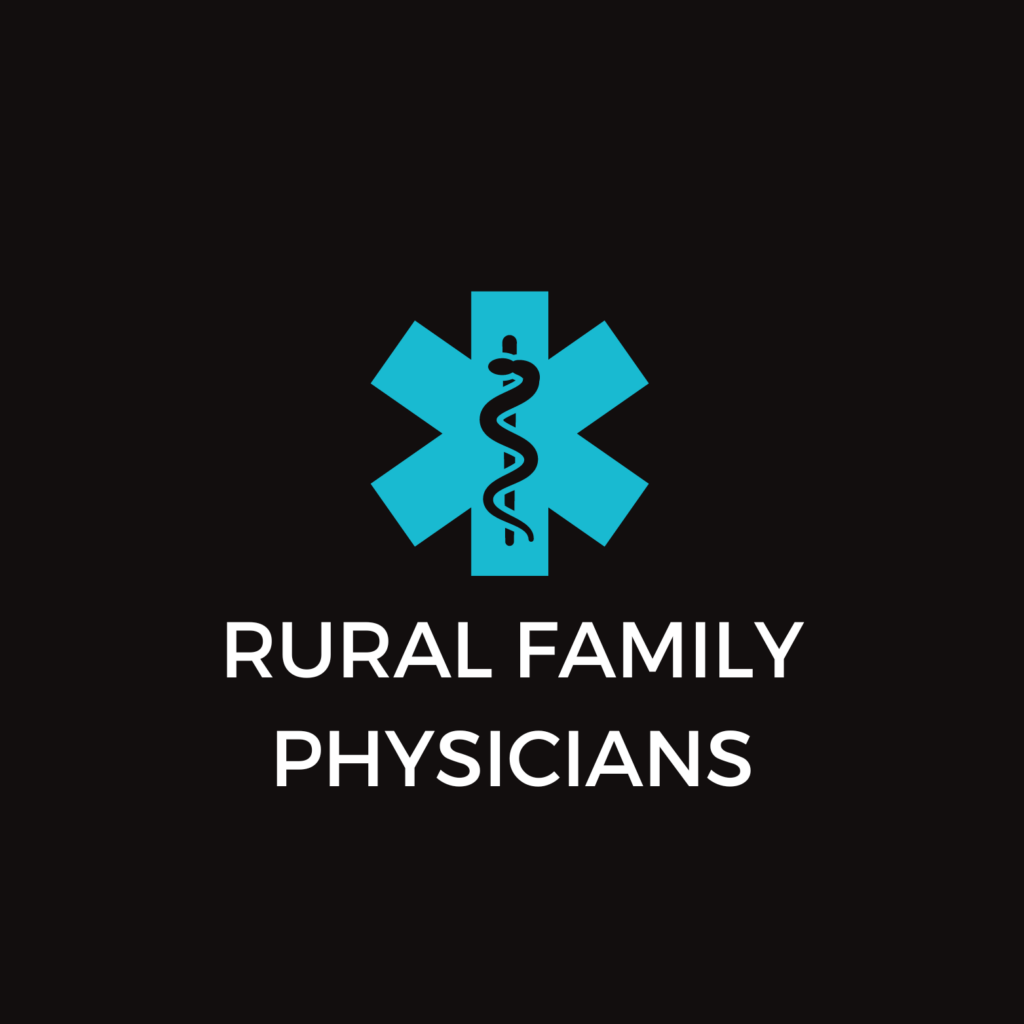CEO Update: Springtime in Rural Health
 Springtime in Colorado is one of the best times of the year! We enjoy rising temperatures and constant sunshine, but I know March and April are the snowiest months of the year so I’m not planting my garden yet! Despite the anticipated snow, blooms from crocus and daffodils are starting to poke their heads out and the landscape is doing everything it can to become colorful again. With this renewed energy, I’m ready to tackle issues that, although always constant, are somehow more approachable this time of year.
Springtime in Colorado is one of the best times of the year! We enjoy rising temperatures and constant sunshine, but I know March and April are the snowiest months of the year so I’m not planting my garden yet! Despite the anticipated snow, blooms from crocus and daffodils are starting to poke their heads out and the landscape is doing everything it can to become colorful again. With this renewed energy, I’m ready to tackle issues that, although always constant, are somehow more approachable this time of year.
Social determinants of health have become a household term. We know it all too well, and the implications it has on health and people are beginning to take notice. This causes me to celebrate that many of our rural health clinics in the state have become leaders in treating the whole person in the spirit of wellness, leaving other areas of the state to emulate what’s already been happening for decades. Give yourselves a pat on the back and celebrate this change, I know it isn’t easy.
Rural health clinics are also faced with continuing regulatory and administrative burdens that are distracting their attention from their community members. Many would protest these changes, leading them to close their doors, but instead we’ve seen rural health clinics finding solutions to help them balance their personalized care and administrative requirements. For example, many healthy clinic assessments have been conducted by our quality improvement specialists since 2009, demonstrating a strong commitment of rural health clinics to improve their business operations. Additionally, we’re seeing more and more rural health clinics implementing the patient portal and using health information technology solutions to not only reduce their administrative burden, but to better connect with their community. Patrick Yount, our HIT director, has been covering the state explaining how to most appropriately and affordably implement HIT mechanisms to accomplish a balance between requirements and excellent care. If you haven’t talked to him yet, click here.
We’re proud to be representing many rural health clinics that have successfully tackled this problem, and I’ll admit that it has taken them more time and energy than anyone anticipated. But, by addressing these issues, rural health clinics can go back to focusing primarily on the wellness of their community – the social determinants of health. Recently, we had the honor of having representatives of Keene Clinic from Keenesburg visit our office, and they clearly demonstrate the philosophy of being part of and serving the community. I was touched to hear of the passion that Ben Martinez-Andujo, an FNP who has been practicing at the Keene Clinic for more than 15 years. He speaks humbly, but also assertively about the wonderful attributes of his community and understands the idea of wellness and helping his patients, his neighbors, live to their fullest. Every Saturday Ben makes house calls (yes this still occurs), and he also finds time to serve as the primary provider in the local long term care facility. His passion for his community is unrelenting. That’s why we had him testify at the Capitol last month in support of HB16-1142, the Rural & Frontier Health Care Preceptor Tax Credit bill, to provide a true rural healthcare provider’s perspective, which led to a passing vote of 10-2 out of the House Committee on Public Health Care & Human Services.
Pondering about springtime and the social determinants of health, I was drawn to a recent article highlighting the alliance between farmers and foodbanks across the state. There are many stories from 2015 when Governor Hickenlooper enacted a bill to give farmers tax credits for donations to foodbanks. When I visit a rural community and discover that the price of produce in their local grocery is nearly double than in Denver, I’m often in disbelief. Due to the current state of the market, it takes a lot more to get the food back to where it was actually grown. Counterintuitive… um yes. Yet, with the new tax credit and initiatives at the congressional level, we’re starting to see a change. Organizations like Feeding Colorado are pairing farmers with foodbanks to create healthy food options for their communities. Five foodbanks are distributing produce, meat, and dairy to 1,500 nonprofit agencies statewide. I hope we’ll see this increase. I tell this story because our rural health clinics have been leaders in so many areas, let’s continue to lead and create partnerships with entities working toward the same mission as ours – improving the health of our communities. We need to start this change… In frontier counties across the state, 41 percent of adults report not eating fruit daily, and 22 percent do not eat vegetables daily. In rural, non-frontier counties, it’s almost as bad with 35 percent and 19 percent not eating fruits and vegetables daily. To see a data visualization on this topic, click here.
How do rural health clinics start evolving their focus? We know it’s in our missions, and we know we’re already involved due to the nature of our work. Whether you have the renewed energy from spring like me, or you need to gain your inspiration, we’ll fulfill both needs at our annual Forum conference, specifically designed for rural health clinics, occurring April 13th through the 15th in Lakewood. We’ll be focusing on topics like the healthy clinic assessment, patient portal, and HIT solutions, but we’ll also be bringing the top experts in population health and wellness strategies. So, while you’re HIT personnel are attending the HIT track (click here for scholarship opportunities), you can be educating yourself and networking on how to make social determinants of health a standard in your clinic. We have the following sessions specifically devoted to this topic:
- Beyond Sodas and Exercise: Family and Childhood Obesity
- Enhancing the Role of the Rural Medical Assistant in Diabetes Education and Support
- Increasing Access to Oral Health Services: Three Rural Colorado Examples
- Patient Navigator and Community Health Worker Programs, Services and Resources
Give yourself another pat on the back if you’ve already registered. If not, all you have to do is click this link and take a few minutes to do so. It will officially be springtime and we want to share our energy with you!



